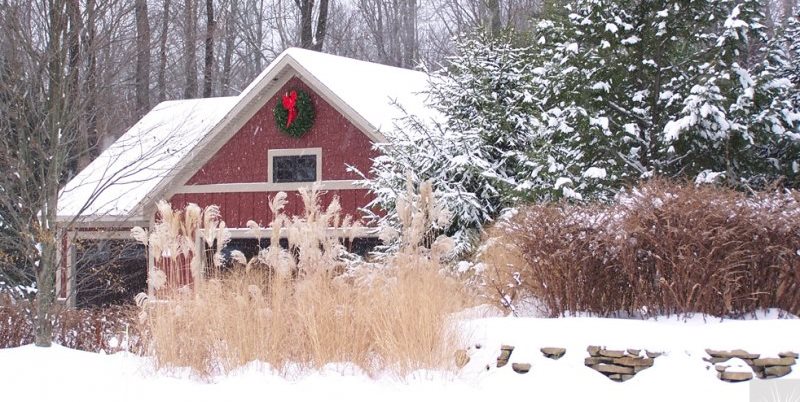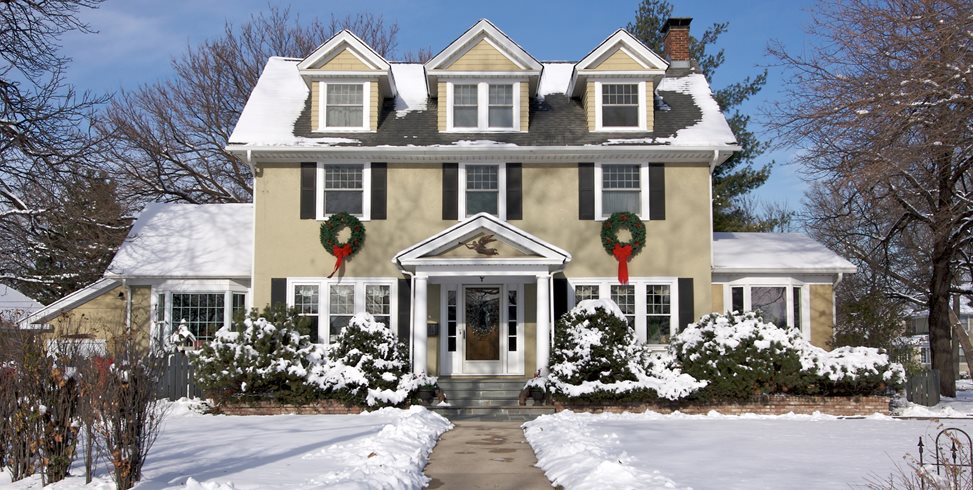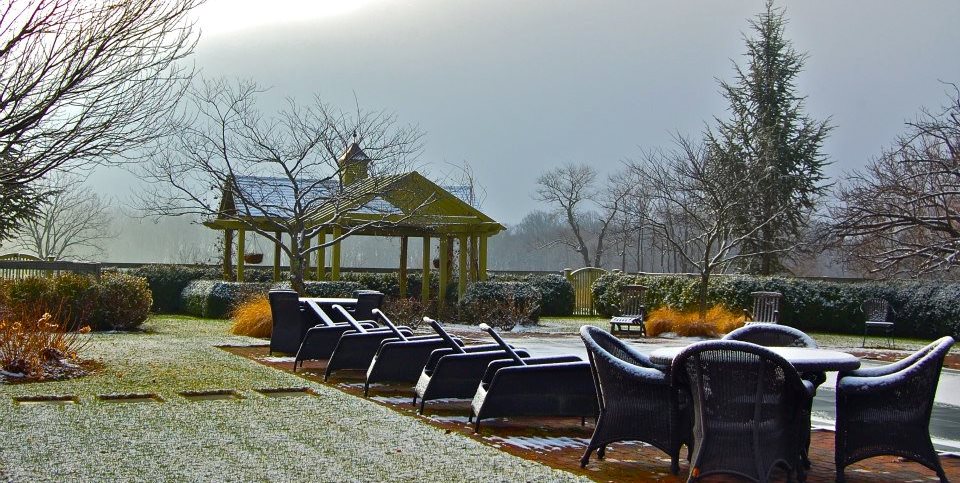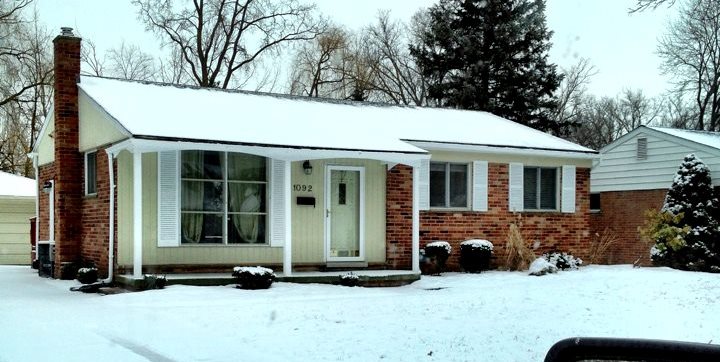Winterize Your Landscape
Professional advice for preparing your landscape for winterThe cold temperatures, drying winds, and snow cover of winter can all cause problems in the landscape without proper preparation. For example, sprinkler systems can be totally destroyed by a prolonged freeze, plants can get windburn or broken branches from snow load, and patios and driveways can sustain damage from plows or corrosive deicing products.
Protecting a landscape against winter damage starts in the design process. Snow management professionals recommend that you plan for snow storage from the start, either by leaving 20 to 30 feet of space at the end of the driveway where a plow can push the snow, or by leaving an open space all along the side of the driveway where snow can be left. Whatever you do, avoid designing a narrow driveway or placing obstacles such as light posts or landscaping right up against the drive, as this will increase the cost of snow management for as long as you own the property.
It may not be intuitive, but summer is the best time to think about projects that will protect your decks, arbors, pathways and patios during the winter months. Wood absorbs water, so by keeping all wooden structures in the landscape painted or sealed, you extend their life and increase the safety of any wood you may have to walk on. It's also important to fill cracks in asphalt, and seal pavers, stone or concrete to protect these surfaces from the freeze/ thaw cycle, as well as from deicing products.
Once fall hits, you'll need to start thinking about winterization in earnest. Have your landscaper do a fall blowout of your irrigation system, where they use a commercial blower to get all of the water out of your irrigation pipes. This prevents damage to the pipes and the moving parts in your system. This is also the time to partially drain aboveground ponds, the pool, and to winterize pipes such as those in the outdoor kitchen. Bring patio furniture indoors, or use specially-designed covers to protect your furniture over the winter.
Landscaping plants aren't immune to winter either, although if you design carefully with native and other well-adapted plants, you can minimize the care needed to keep your landscape healthy. Lawns should be fertilized with a winterizer fertilizer, raked free of debris, and cut lower than usual to prevent fungal diseases from overwintering. Shrubs may need to be wrapped with breathable fabric or sprayed with an anti-desiccant to keep branches from breaking due to the weight of snow, or drying out in the harsh winter winds. In general, evergreen shrubs and trees need more protection than plants which lose their leaves.
Once spring hits and the snow melts, you're safe to unwrap your plants, take the covers off your patio furniture, refill ponds and pools, and start up your irrigation system again. Because irrigation heads can be knocked out of place or damaged by snow shovels and plows, it's a good idea to have a landscaping professional come out for a spring startup visit to set the timer, check for leaks, and confirm the system is watering plants rather than spraying onto pathways or the house.
Winterization doesn't have to be difficult. Most of the tasks fit into a regular course of maintenance and contribute to having a healthy landscape year-round. Taking a little bit of extra care in the design process and throughout the year preserves your investment in the landscaping and will keep the garden healthy long into the future.

 Backyards
Backyards
 Front Yards
Front Yards






